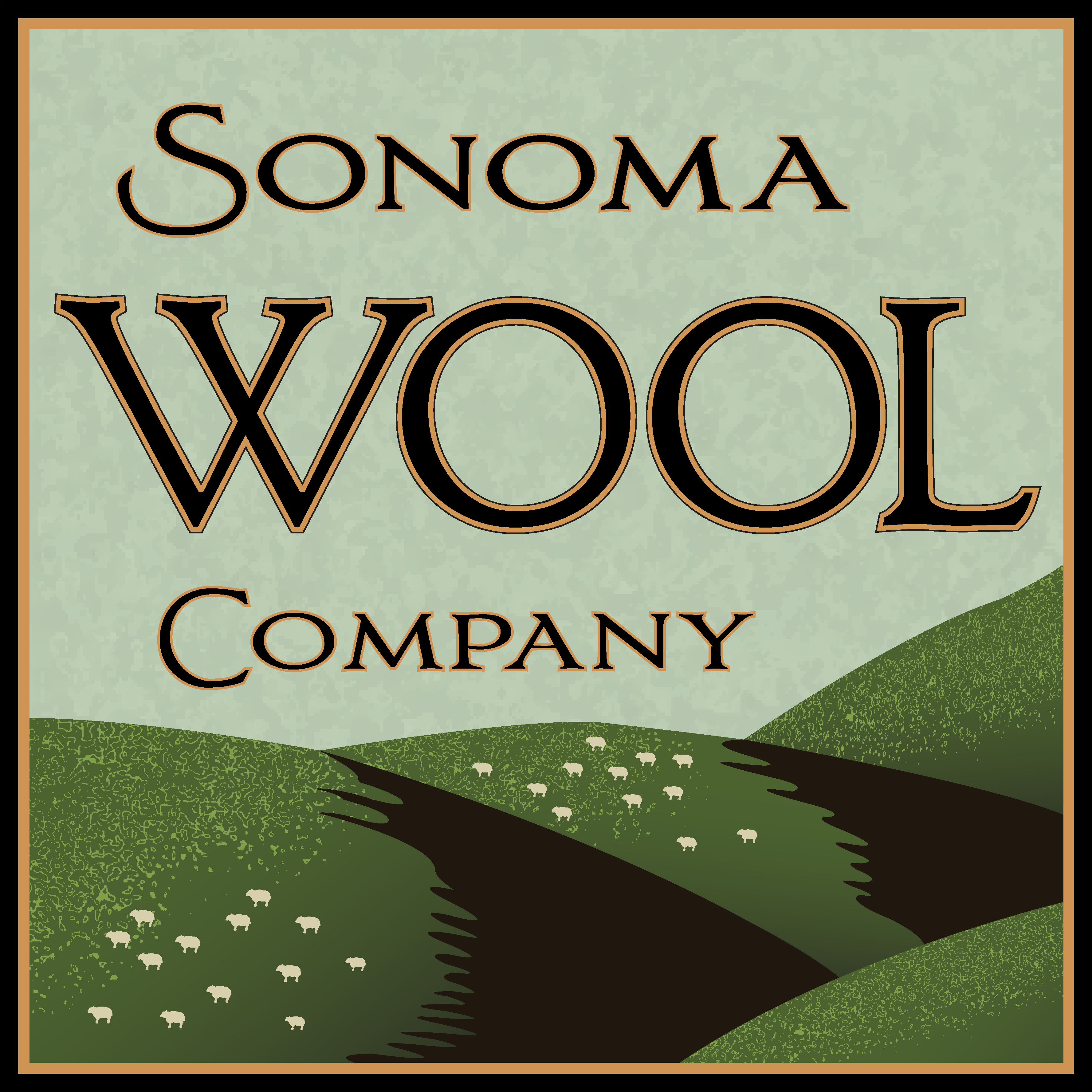At Sonoma Wool Company, we believe the things you bring into your home should be made to last, not destined for a landfill. That’s one of the many reasons we love wool. It’s naturally durable, renewable, and biodegradable. When cared for properly, wool products can last for decades, saving you money and reducing waste.
Still, many people are unsure how to wash wool or worry about ruining it. The good news? Wool is easier to care for than most people think. In fact, it often needs less washing than other fibers, just another reason it’s the original eco-friendly textile.
Here’s our simple, sustainable guide to caring for your wool products so you can enjoy them for years to come, plus answers to the most common wool care questions.
Why Does Wool Need Less Washing?
Wool is naturally self-cleaning. Its fibers have a unique outer layer that repels dirt and liquids, while the natural lanolin coating helps resist odors and bacteria. That means spills don’t soak in as quickly, and smells don’t linger. Often, all your wool needs is a little fresh air — hang it outside on a dry day, and it will naturally refresh itself.
Fewer washes mean less water, less energy, and less wear on your product. It’s good for your wool and good for the planet.
Can You Put Wool in the Dryer?
In most cases, it’s best to avoid machine drying wool, especially on high heat. Heat and agitation together can cause fibers to felt and shrink. Instead:
-
Air dry on a flat surface or hang in a well-ventilated area.
-
If you must use a dryer, choose the lowest possible heat setting or a no-heat air-fluff cycle.
At Sonoma Wool, we recommend keeping your products out of the dryer entirely for maximum longevity.
How Do You Get Stains Out of Wool?
The key to removing stains from wool is quick action and gentle handling.
-
Blot, don’t rub — rubbing can push stains deeper into the fibers.
-
Use cool water and a mild wool-safe soap.
-
Rinse thoroughly and air dry.
For oily stains, sprinkle cornstarch or baking soda on the area, let it sit to absorb the oil, then brush or shake it off before washing.
General Wool Clothing Care Principles
Sonoma’s home products are designed to get wet, but when it comes to wool clothing, these core rules apply:
-
Spot Clean First – Address small messes before washing the whole item.
-
Avoid Harsh Detergents – Use mild, biodegradable, wool-safe soaps.
-
Skip the Heat – Heat is wool’s enemy; always use cool water.
-
Air Out Between Uses – This keeps wool fresh naturally.
How to Care for Wool Dish Drying Mats
-
Allow mat to fully dry between uses (this happens naturally on the counter).
-
If heavily used/saturated, flip or hang the mat between uses to improve airflow.
-
Spot clean with mild soap and tepid water if needed; always dry flat.
-
Do not machine wash the wool mat.
Wool is naturally mold and mildew resistant, but prolonged saturation can still cause mold, so proper care for your wool dish drying mat is crucial to its longevity.
The Sustainability Bonus
Caring for wool the right way isn’t just about keeping your products beautiful; it’s about living more sustainably. Wool’s longevity means fewer replacements, and its natural resistance to dirt and odor means less laundry, saving energy and water.
By following these simple care steps, you’re helping reduce waste while supporting an American-made, renewable resource.
Final Thought
Wool has been trusted for centuries because it’s strong, versatile, and easy to care for if you know the basics. With just a little attention, your wool products can serve you for years, bringing warmth, beauty, and functionality to your home in the most sustainable way possible.
At Sonoma Wool Company, we’re proud to make products from 100% American wool, supporting local ranchers and honoring traditional craftsmanship. When you care for your wool, you’re not just preserving a product — you’re helping protect a way of life.

